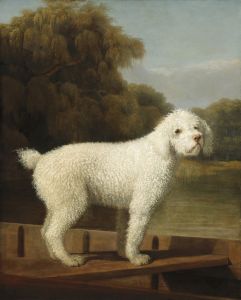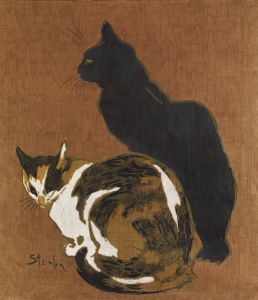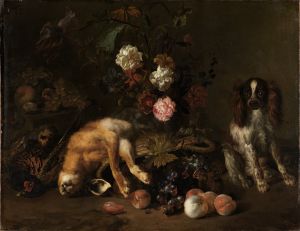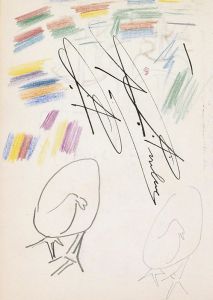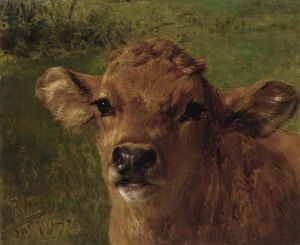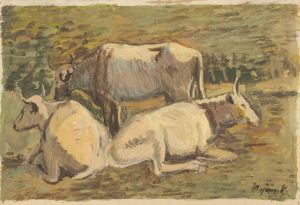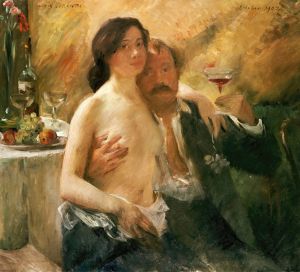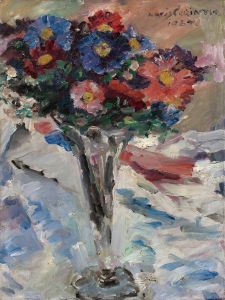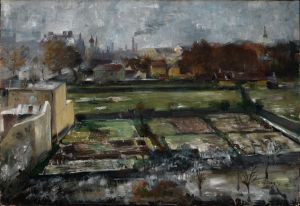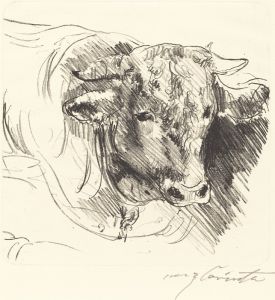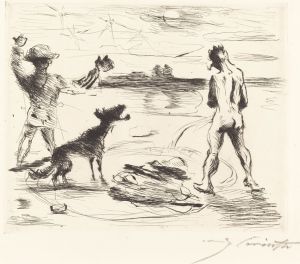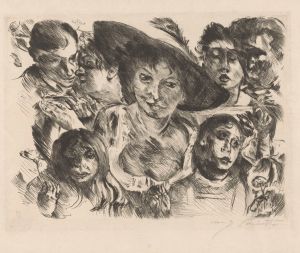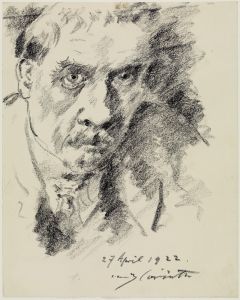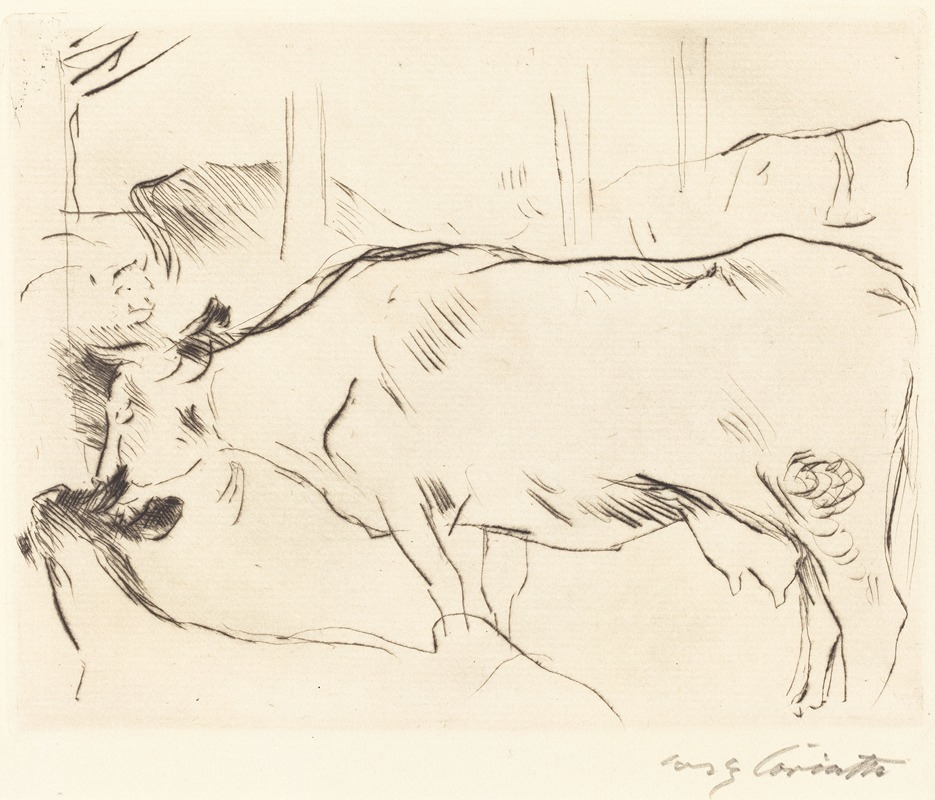
Cow Barn – II
A hand-painted replica of Lovis Corinth’s masterpiece Cow Barn – II, meticulously crafted by professional artists to capture the true essence of the original. Each piece is created with museum-quality canvas and rare mineral pigments, carefully painted by experienced artists with delicate brushstrokes and rich, layered colors to perfectly recreate the texture of the original artwork. Unlike machine-printed reproductions, this hand-painted version brings the painting to life, infused with the artist’s emotions and skill in every stroke. Whether for personal collection or home decoration, it instantly elevates the artistic atmosphere of any space.
Lovis Corinth (1858–1925) was a German painter and printmaker associated with the Impressionist and later the Expressionist movements. His work is known for its vibrant use of color, dynamic brushwork, and emotional intensity. Among his extensive body of work is the painting Cow Barn – II (Kuhstall – II), which reflects his interest in rural and pastoral themes.
Cow Barn – II was created in 1913, during a period when Corinth was exploring themes of nature, rural life, and the interplay of light and shadow. The painting depicts the interior of a barn, with cows as the central subjects. Corinth's characteristic loose and expressive brushstrokes bring a sense of movement and vitality to the scene, while his use of light creates a warm and intimate atmosphere. The work captures the mundane yet essential aspects of rural life, showcasing Corinth's ability to find beauty and significance in everyday settings.
This painting is part of Corinth's broader exploration of rural themes, which he often painted during his stays in the countryside. His works from this period reflect his fascination with the natural world and his ability to convey its textures and moods through his distinctive style. Cow Barn – II exemplifies his mature technique, blending elements of Impressionism with the emotional depth and intensity that would later align him with Expressionism.
The painting is notable for its compositional balance and the way Corinth uses color to guide the viewer's eye through the scene. The earthy tones of the barn interior contrast with the lighter hues of the cows, creating a harmonious yet dynamic composition. This interplay of light and dark, as well as the textured brushwork, gives the painting a sense of immediacy and presence.
Today, Cow Barn – II is recognized as an important example of Corinth's work during this phase of his career. It reflects his ability to merge technical skill with emotional resonance, making even a simple barn interior a compelling subject. The painting is held in a private collection and is occasionally exhibited in retrospectives of Corinth's work, where it continues to be appreciated for its artistic and historical significance.
This artwork is a testament to Lovis Corinth's versatility as an artist and his ability to capture the essence of his subjects, whether grand or humble, with equal care and attention.





